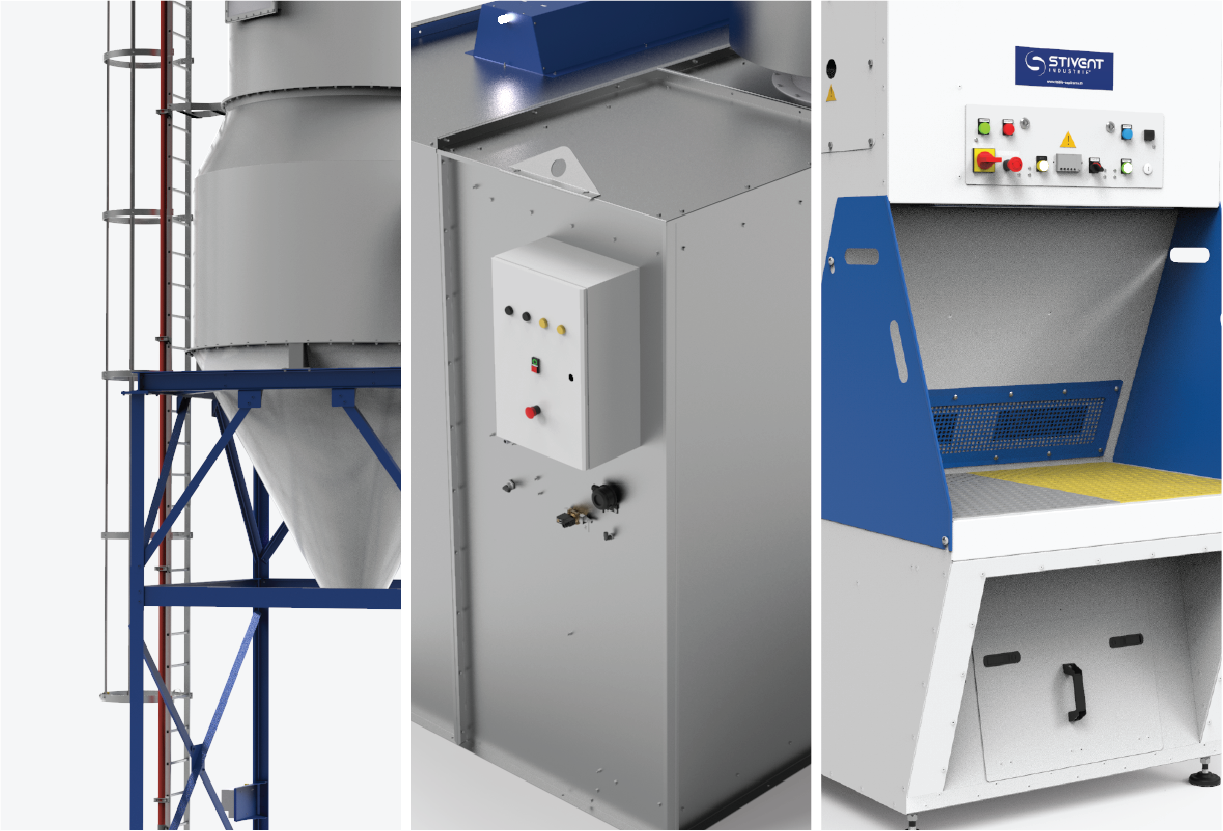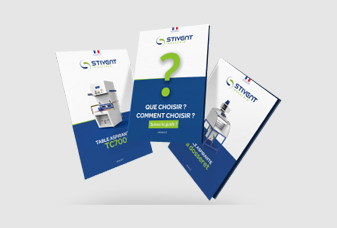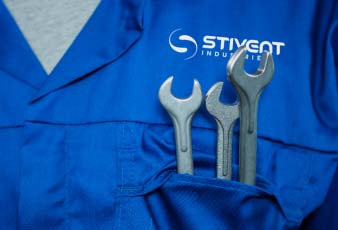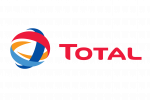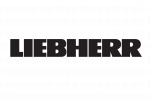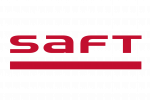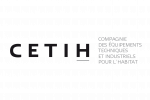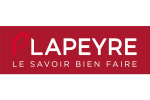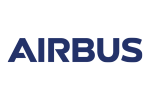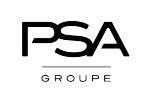Industrial aspiration
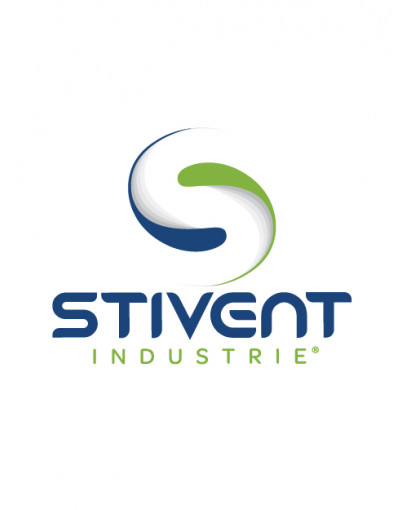
Types of pollutants
Controlling the air quality in an industrial environment is a major challenge.
Dust, material residues and volatile particles are real pollutants harmful to the health of workers, which can take a wide variety of forms.
-
Dust
-
What is dust?
In the broad sense, dust represents all the visible and invisible particles produced during cutting, surfacing, rolling, sanding, grinding, deburring, and blowing ... necessary for the construction or cleaning of the material.
The material of these particles is variable and depends on the sector of activity in which you work (metals, minerals, plants, powder, etc.).
The finest dust settles in the lungs, causing lung and respiratory problems for exposed operators. Depending on the materials, some dust is carcinogenic (wood, chromium VI paint, etc.).
What type of filtration?
Before discharging dust-polluted air to the outside, it is imperative to filter it to avoid polluting the air discharge area.
This is why STIVENT INDUSTRIE® has chosen to offer F7 filters with an average efficiency of 90% (powders and particles of 0.7 μm).
What type of rejection?
To protect operators 100%, it is recommended that air be discharged outdoors. Of course, its feasibility depends on the location of your production lines, the need for flexibility of your workstations, air renewal, heating, air conditioning, etc.
If it is impossible to reject air outdoors, the evolution and innovation of the filters now make it possible to reject air in the workshops. Indeed, the “absolute” filters of type H13 or H14 respectively stop 99.95 and 99.995% of the dust up to 0.3 μm.
This solution has also enabled us to become a reach solution at Airbus.
-
Solvents and chemicals
-
What are solvent vapours?
There are thousands of solvents, of which about a hundred are commonly used.
Depending on its properties, a solvent can be used as a degreaser, adjuvant, diluent, stripper, developer, or purifier. Most of these solvents emit vapours that are harmful to the human body.
Inhalation of solvent vapours may cause irritation of the upper airways (mouth, nose, pharynx, and larynx). Beyond this risk, once breathed, these vapours cause feelings of intoxication, dizziness, headaches...
In the event of massive exposure, symptoms may be more severe, leading to coma.
What type of filtration?
The activated carbon filter is highly effective in filtering air from solvents and other chemicals. It is used for its high adsorption capacity.
Indeed, activated carbon acts like a sponge with very narrow pores, it makes it possible to capture chemical and odorous molecules as well as formaldehyde and other dangerous molecules.
What type of rejection?
The regulatory standards and the Labour Code recommends discharging air outdoors, to ensure that the workshop and operators are not at risk.
The extracted and filtered air must be discharged in compliance with environmental constraints, which is why we recommend activated carbon filtration.
Nevertheless, depending on the location of your production lines, the need for flexibility of your workstations, air renewal, heating, air conditioning, etc., charcoal filters make it possible to reject air in the workshops when no other solution is possible.
-
Smokes
-
What is smoke?
Smoke is a collection of fine dust that is released from certain burning bodies, made more or less opaque by the particles they are charged with.
In industry, the most common fumes encountered are welding fumes.
Welding fumes can, depending on their composition, concentration, and duration of exposure, have harmful effects on health and cause occupational pathologies. The risks concern welders but also people working nearby.
What type of filtration?
Before discharging polluted air to the outside, it is imperative to filter it to avoid polluting the air discharge area.
This is why STIVENT INDUSTRIE® has chosen to offer F7 filters with an average efficiency of 90% (powders and particles of 0.7 μm).
If it is impossible to reject to the outside, the evolution and innovation of the filters now allow rejecting the air in the workshops. It is then necessary to equip yourself with "absolute" filters of type H13 or H14 which respectively stop 99.5 and 99.95% of the dust up to 0.3 μm.
What type of rejection?
In order to ensure that workers are protected against the risks of inhalation of smoke, it is necessary to capture it as close as possible to its source of emission.
The smoke must then be discharged to the outside, either on the roof or on the façade, in order to guarantee healthy air in the workshop.
-
Oil mists
-
What is an oil mist?
An oil mist is composed of fine droplets and vapours. It results from the use of cutting fluids during machining operations, necessary to cool, lubricate and protect the equipment.
Present during many industrial processes (drilling, grinding, etc.), the oil mist disperses in the air, forming a greasy film on the floor and machines.
Operators are then exposed to the risks of inhalation and falls. And the workshop subject to the oil mist is exposed to the ageing of the equipment resulting in high maintenance costs.
What type of filtration?
Filtration is the most crucial step in the process of removing oil mist. Fog collection and processing is carried out using several successive filters:
- Pre-separation of the matériel by means of a metal filter
- Filtration by F9 opacimetric filter
- Using an absolute filter H13 or H14
What type of rejection?
In order to maintain the cleanest possible air quality, treated air is generally discharged to the outside. However, depending on the conditions of your workshops, recycling can be studied under certain conditions.
-
Odours
-
What is a smell?
An odour is defined as a volatile, toxic, or non-toxic emanation.
In industry, odours can come from several sources: a product, a process, or the use of a solvent.
Although they can be non-toxic, industrial odours can reveal the presence of a pollutant. They can cause headaches or more serious long-term risks if left untreated.
What type of filtration?
Activated carbon is used in air purification because of its great capacity to adsorb pollutants and contaminants in the air.
The micro-porosity of the activated carbon and its carbon structure enables it to retain the gaseous or liquid molecules which come into contact with it.
What type of rejection?
To combat olfactory nuisances while guaranteeing optimal air quality in the workshops, external discharge is recommended. However, if the release is impossible, it is necessary to provide activated carbon filters with a "timer" (to know when to change it).
Dust, fumes, and volatile particles, whatever their nature, affect production processes at all levels. The installation of a device for extracting these pollutants has a twofold objective:
- Improving air quality to preserve the health of personnel working on machine tools
- Prevent technical risks such as fire, explosion, etc.
Do you need help finding your downdraft table ?




